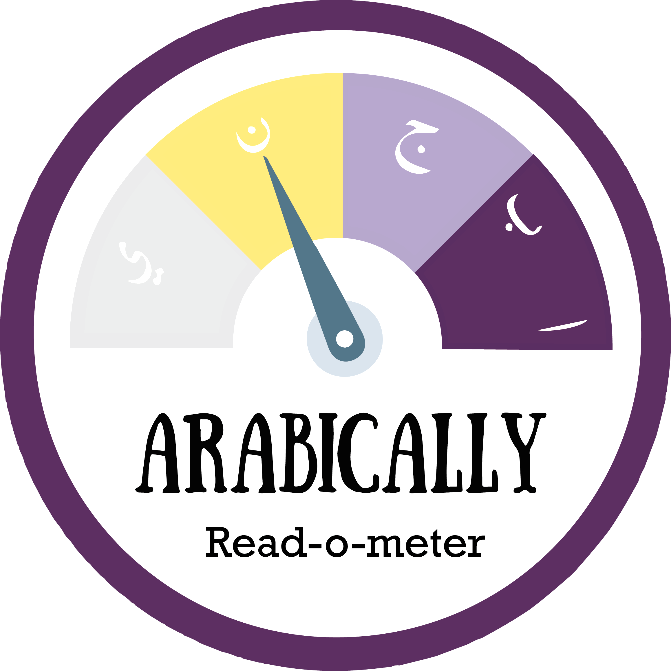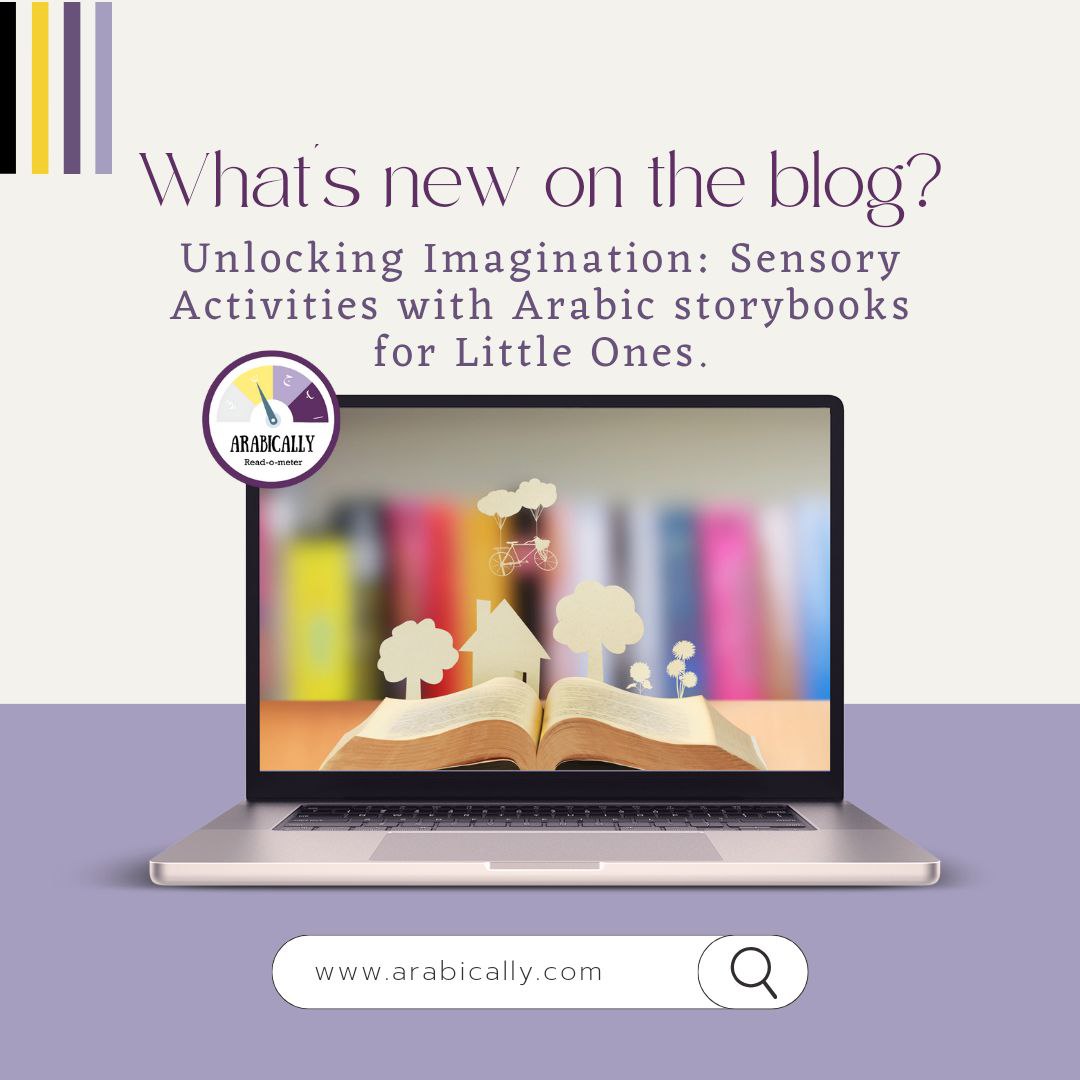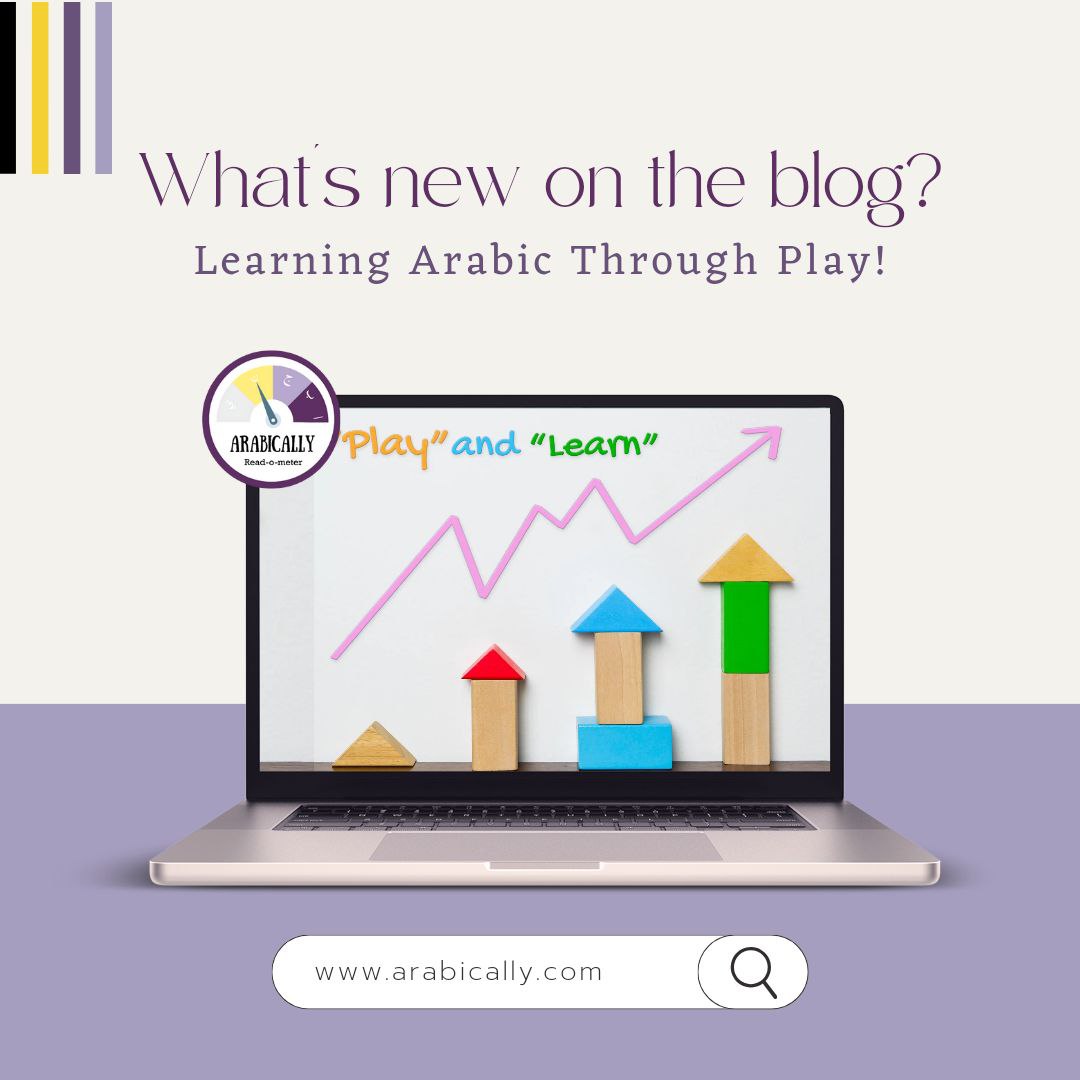
What increases our “willingness to communicate” in Arabic?
We have all tried to communicate in Arabic, having fed, wed or led some kind of middle eastern intervention in our lives. As for the those of you who were patriotically raised in such an environment and yet could not find enough words beyond “Ana maafi maloom Arabic” ( I do not know Arabic) to communicate, I empathize with your untold story and criticize your sheer laziness to raise another generation of unlettered and unwilling communicators of Arabic Language.
This inter generational incompetence in speaking can be extended to one fascinating theory among several others within the domain of second language learning. It is often referred to as our Willingness to communicate. Often abbreviated as WTC, it is an actual phenomenon in Applied Linguistics and Second Language studies that need to be given its due light.
According to Kang (2005);
“Willingness to Communicate (WTC) is an individual’s volitional inclination towards actively engaging in the act of communication in a specific situation, which can vary according to interlocutor(s), topic, and conversational context, among other potential situational variables”.
In other words the speaker’s willingness to communicate in a specific situation affected by various factors such as the topic, their interest and the context.
So how can we increase our ability and willingness to communicate. I have taken Arabic courses, can read like a native and can differentiate a ism (noun) from a fi’il (verb). Yet, I am unable to communicate. I wonder why.
The question really boils down to how willing you are to communicate. Of course you are willing, why else would you be reading this article. A quick look at the WTC pyramid model tells us how we need to move from an intent stage to a communicative behavior stage, by compelling our desire to communicate and self confidence, pushing it further than mere willingness.
An example of such a situation would be when you are at the park, and your child is getting along fairly well with another child whose mom (an Arabic speaker) is sitting right next to you. You have the desire to communicate with a specific person and the intention to do so. How do you behave? Is your behavioral intention translated explicitly by you making an attempt in a 10 min window. Or are you still grounded in the situation deciding to bring together your social, emotional and cognitive abilities?
Your second language (L2) usage is translated from thought to speech once your willingness translates. The question is, are you willing?

Reference:
Bernales, Carolina A. Exploring’Willingness to Participate’in the FL Classroom: A Quantitative and Qualitative Study. Diss. The University of Wisconsin-Madison, 2014.




